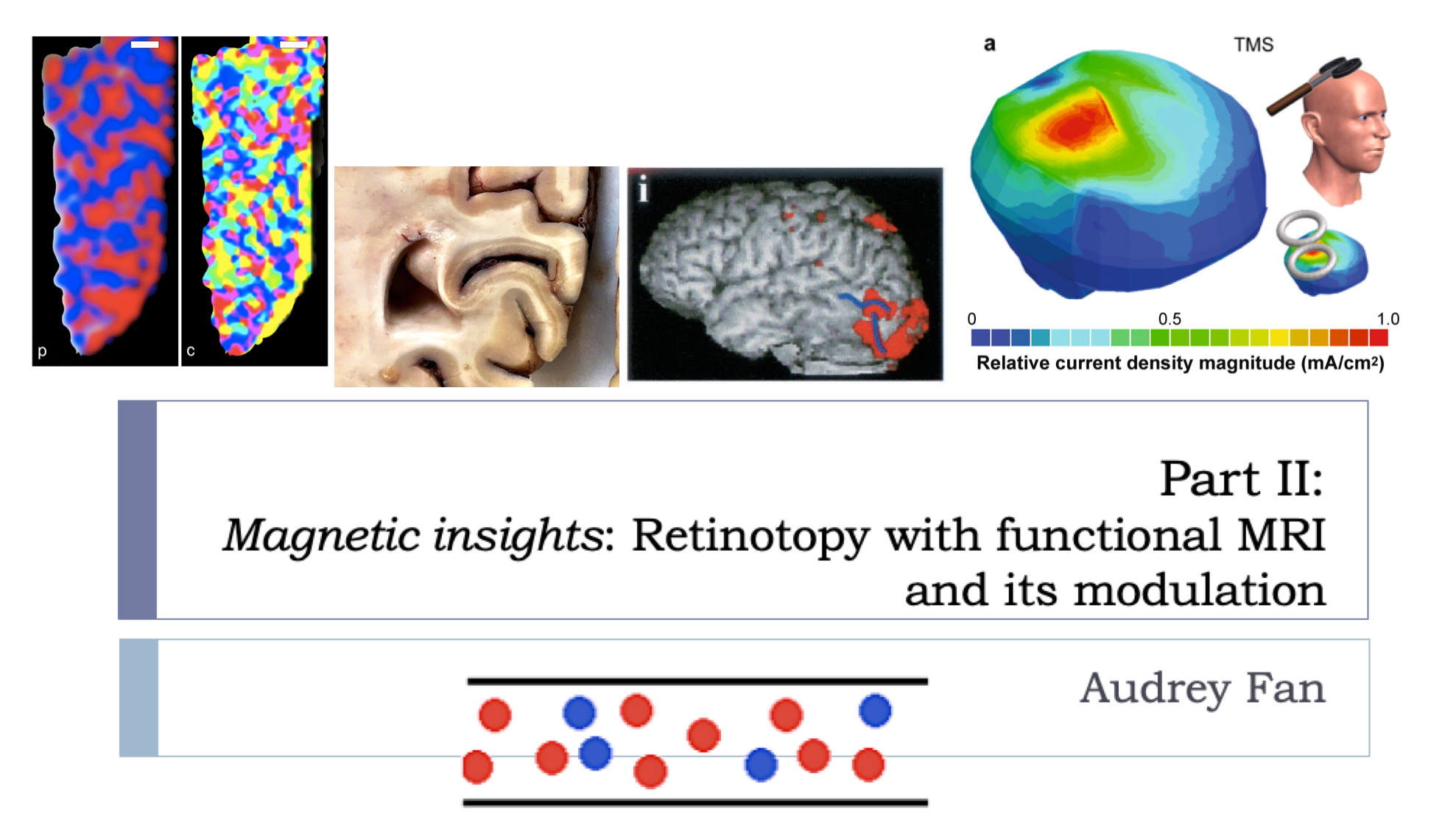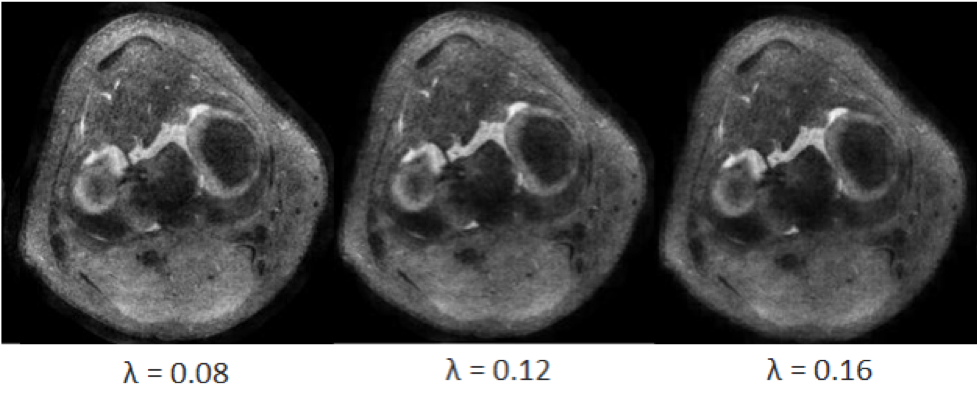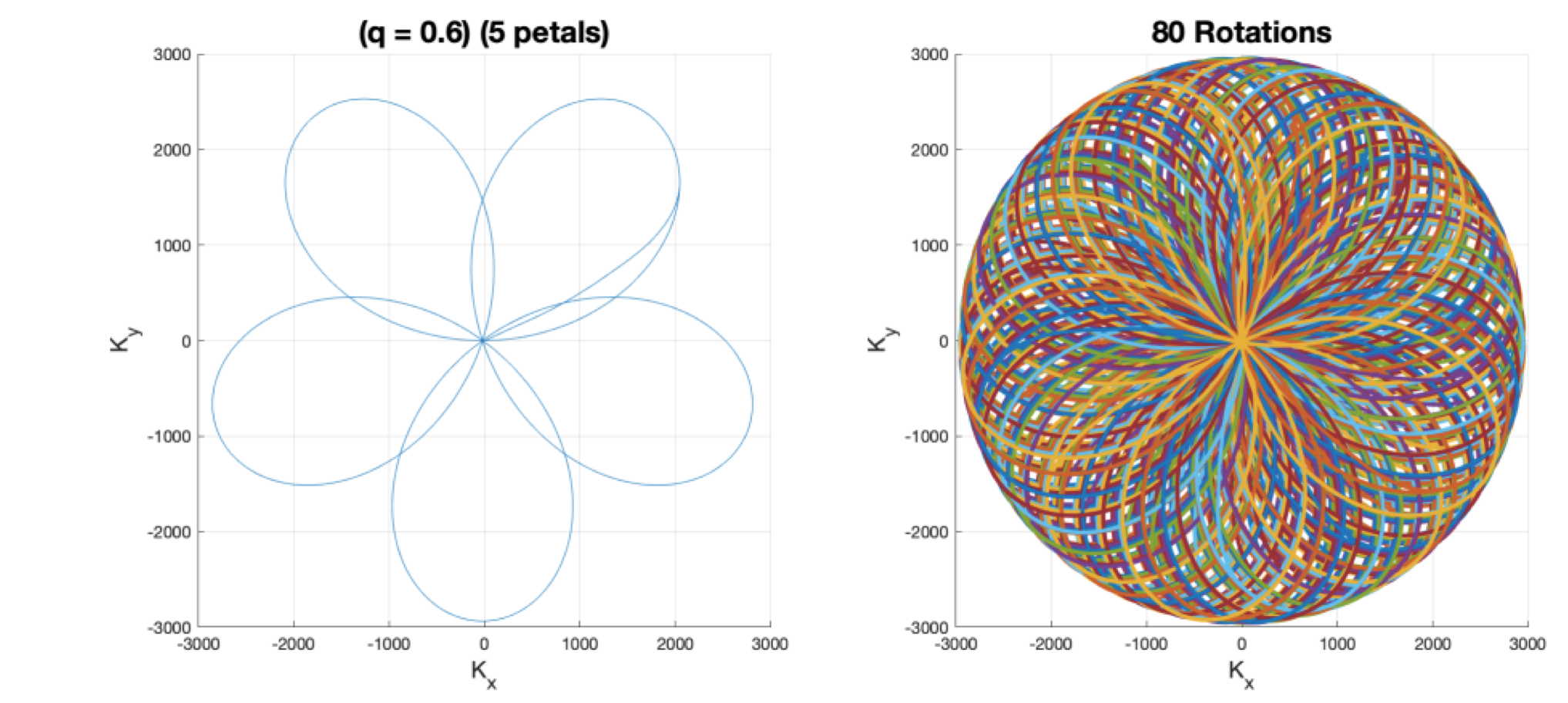EEC 289L (Spring 2021)
Introduction to Neuroengineering
Guest Lecture: Monitoring and modulating brain activity via electrical and magnetic means
slides | PSet_Electromagnetic_Techniques.pdf

BIM 241 (Fall 2020)
Introduction to Magnetic Resonance Imaging
syllabus | textbook | projects
What makes magnetic resonance imaging (MRI) such a flexible and powerful medical imaging tool? What contrasts can MRI measure non-invasively in the human body, and how can this be done efficiently?
This course describes the basic hardware, acquisition, and reconstruction of MRI. Students gain a foundation in MRI physics and learn how these concepts impact image properties. Class project uses advanced MRI approaches in MATLAB to understand and optimize image design parameters.

By the end of the course, students will be able to:
- Describe the basic hardware, acquisition, and reconstruction concepts of magnetic resonance imaging (MRI).
- Employ fundamental concepts of MRI physics to characterize and make predictions about image properties.
- Implement an advanced MRI acquisition or reconstruction approach in MATLAB to demonstrate the effect of optimizing design parameters.
Class projects
T2 shuffling for multi-contrast spin echo MRI
Cheng Li, Henry Mai, Denise Zhong

slides | T2_Shuffling_report.pdf
The T2 shuffling method combines compressed sensing techniques with subspace selection to model T2 decay. This novel acquisition and reconstruction method recovers images at multiple T2 contrasts without significant blurring.
Extension of Tamir JI et al., Magn Reson Med (2017)
Motion correction with butterfly navigators
Sujoy Ghosh, Ciara Jekel, Yufei (David) Zhu

slides.pdf | butterflynavigator_report.pdf
Propose a novel navigation strategy based on the so-called “Butterfly” navigators, modifications of the spin-warp sequence.
Extension of Cheng JY et al., Magn Reson Med (2012)
Rosette trajectories for motion-robust iron assessment
Janani Aiyer, Linh Le, Valerie Porter

Rosette_slides.pdf | Rosette_report.pdf
Rosettes are flower-like k-space trajectories that utilize frequent sampling of the center of k-space to reduce noise and produce diffuse aliasing artifacts.
Extension of Bush AM et al., Magn Reson Med (2020)
